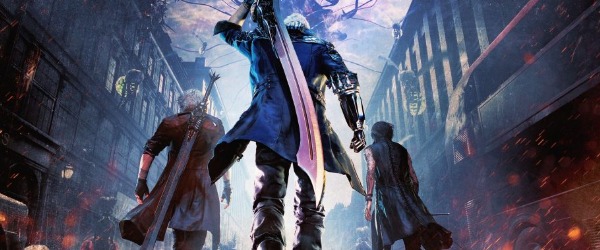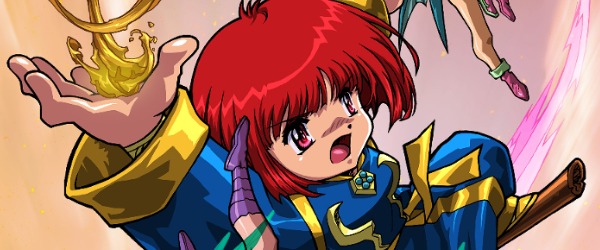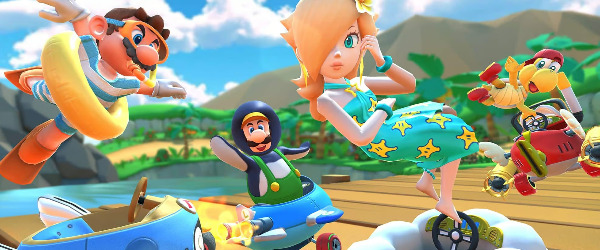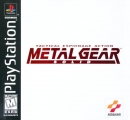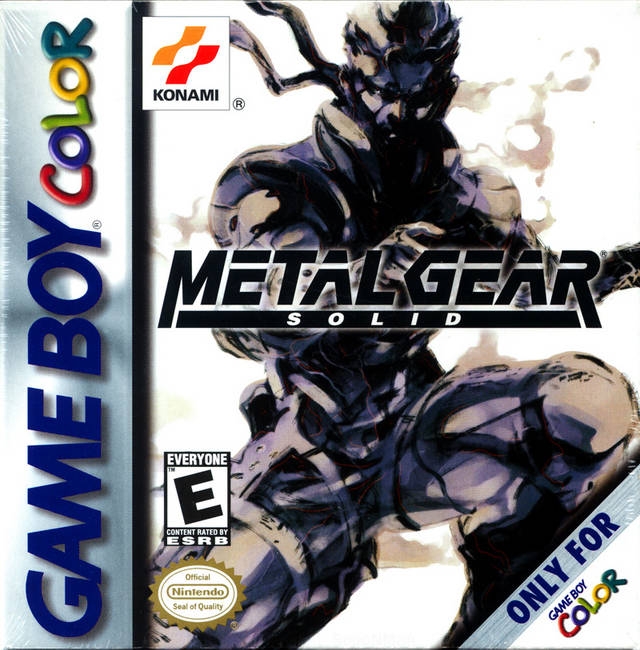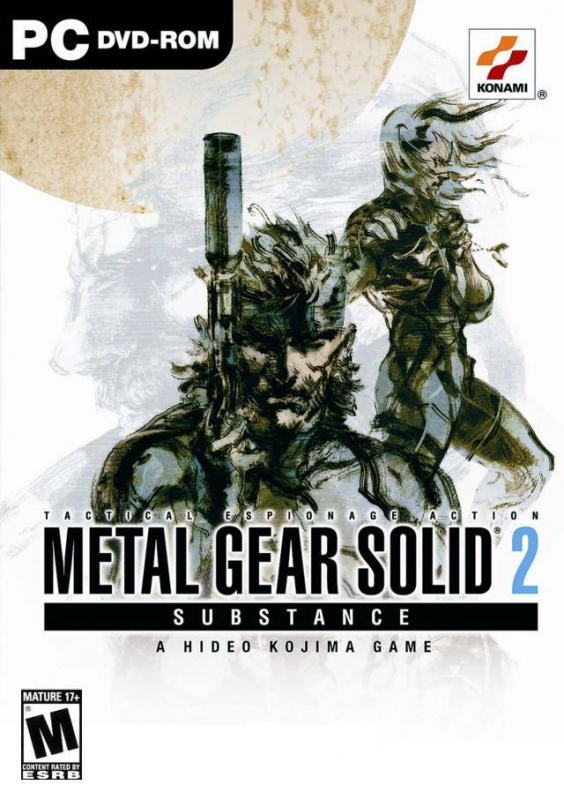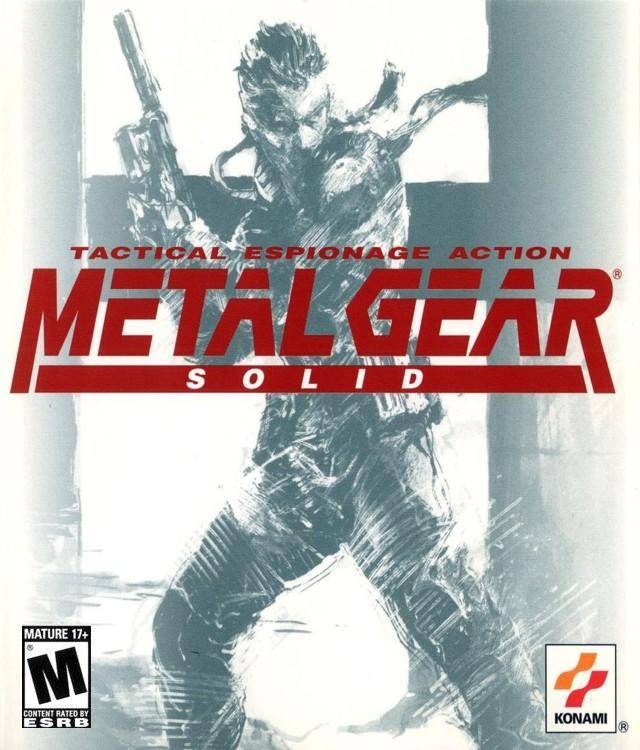
History of Metal Gear: Bait & Switch (Metal Gear Solid 2) - Article
by Taneli Palola , posted on 05 December 2017 / 9,263 ViewsIn 1998 Metal Gear Solid became an almost overnight success, launching the series and the career of Hideo Kojima into previously unimaginable heights. The game became one of the generation's milestone titles, and is often credited as one of the catalysts in the success and eventual domination of Sony's PlayStation over its competition, mainly the Nintendo 64. To call MGS an important title in the history of video games is to put things lightly.
However, with a great game like Metal Gear Solid come heightened expectations for the follow-up. With the first MGS there really wasn't any pressure to deliver, as most people had no prior frame of reference for the series. The next entry would not have that luxury, and all eyes were on Hideo Kojima to see if he could create something just as great or even better, especially as the series was transitioning to a new console generation.
Metal Gear Solid 2: Sons of Liberty - A Game of Lies & Deception
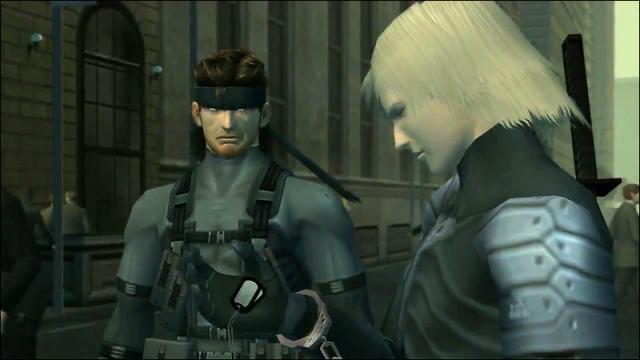
Hideo Kojima and his superiors at Konami quickly realized that, following the success of the first Metal Gear Solid, they had something genuinely exceptional in their hands. With this reality in mind, Metal Gear Solid 2: Sons of Liberty went into pre-production almost immediately after the release of its predecessor. The original design document for the game was completed in January 1999, mere months after the release of the first MGS.
The document itself outlined numerous new gameplay mechanics and other features Kojima wanted to include in the game. Among these were things like destructible lights, hiding enemy bodies to avoid detection, and enemies working in groups rather than by themselves. This same document also revealed that the original working title for the game was Metal Gear Solid III, which was intended to both symbolize the three tallest skyscrapers in Manhattan and have people begin questioning the thinking behind the title.
In the same document Kojima outlined various themes and plot elements he wished to work into the game's narrative, including environmental issues, the digitalization of the world, and things we pass on to future generations. Interestingly, he also wanted to create a story that would feature so many twists and betrayals that players would have difficulties telling what was real and what was not in the context of the story. The document plainly states the goal that every character in the game should lie to or betray someone at least once.
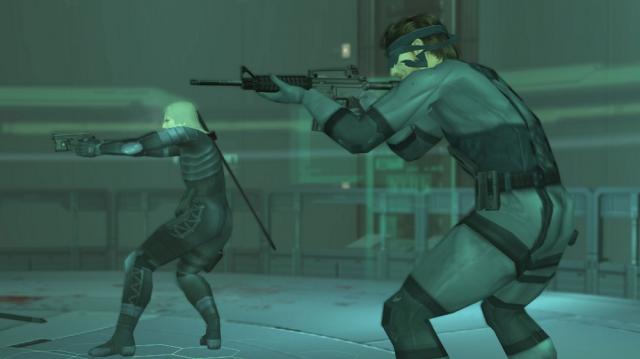
Also of note is the fact that one of the game's most controversial details had been planned since the very beginning. Here I'm of course referring to the infamous protagonist switch, with Raiden suddenly replacing the series' iconic main character, Solid Snake. Already back in 1999 Kojima had outlined the plan to execute the switch after the first section of the game. However, what makes it interesting are the three reasons behind this decision.
First, Kojima wanted players who were new to the series to not feel left out if they weren't familiar with Snake's story from previous games. Second, he thought that it would feel odd in terms of the overarching narrative to have to explain the basic gameplay mechanics at the start of the game to a legendary soldier such as Snake, who should by all accounts already know all of those things. Thus he chose to use an inexperienced soldier as the main character; one that would be just as unfamiliar with the core gameplay elements as any new player coming to the series for the first time.
Thirdly, the decision to switch to Raiden was also driven by the desire to attract more female players to the series. It was felt that he would be someone women could more easily identify and empathize with when compared to the older Solid Snake. Despite this, the main target audience of the game was still male teenagers and young adults.
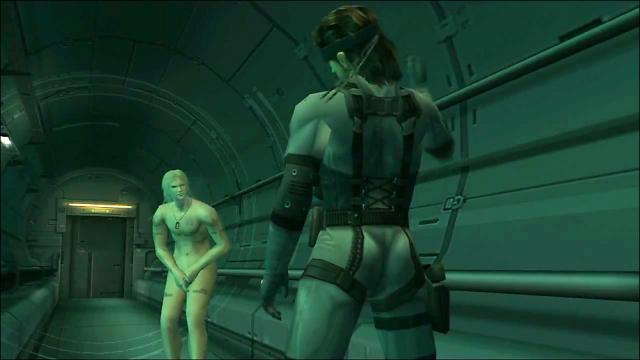
With the new, more powerful hardware Kojima also wanted to expand on what he could accomplish in regards to the game's world. He didn't want to focus simply on better graphical quality, which he felt was something everyone would be doing at the time, but rather he wanted to use the PS2's hardware to build a more believable game world, improve its mechanics, and limit how much of the system's power would be used in service of the visuals.
Sons of Liberty was made on a production budget of $10 million, making it one of the more expensive games of the time, although still not even close to the cost of titles like Shenmue and Final Fantasy VII. In the end over 70 people worked on the development of MGS2, many of whom had just recently graduated from college.
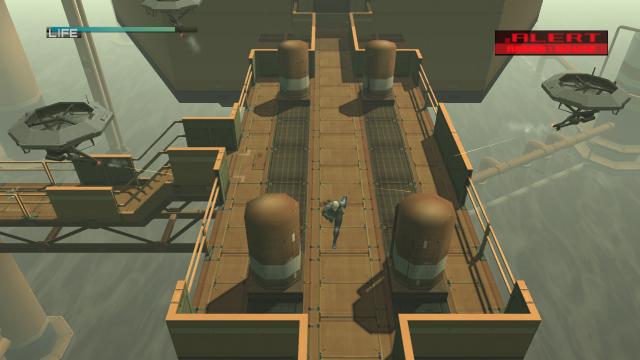
In gameplay terms MGS2 feels like a clear continuation of the previous game, with many familiar elements returning and being expanded upon. The player had a much wider variety of tools at their disposal, such as the ability to hang off ledges and aim in first-person. The enemy AI was also significantly improved, with the guards employing various squad based tactics to attack the player and prevent their escape. They will call for help, try to flank the player during firefights, and even sweep the area if the player suddenly disappears after being discovered.
In addition the player could make much greater use of the environment, for example throwing objects to distract guards or blinding them with steam. Even factors such as weather and temperature have an effect on the stealth gameplay, making it an overall much more intricate system compared to the game's predecessor.
MGS2 also marked the debut of a very important figure in the series' history, with Harry-Gregson Williams joining the game's development team as a composer. He composed the music for the cutscenes, all of which are underpinned by stellar pieces of music, but his most famous contribution to the series is most likely his reworking of the original 'Metal Gear Solid Main Theme'. Meanwhile the in-game music was composed by Norihiko Hibino, who had previously worked on Metal Gear Solid: Ghost Babel. Additionally, as with the first MGS, Rika Muranaka provided the game's main vocal theme.
Metal Gear Solid 2's story begins two years after the events of Shadow Moses island, with Solid Snake infiltrating a tanker controlled by the US marine corps. He is there to investigate the development of a new Metal Gear unit by the marine corps, but the plan goes wrong when Revolver Ocelot appears on the scene alongside a group of mercenaries. The new Metal Gear is stolen, and the tanker sinks into the Hudson river, with Snake presumed dead in the aftermath. A facility called Big Shell is then built on the site, presumably to clean up the area after the incident.
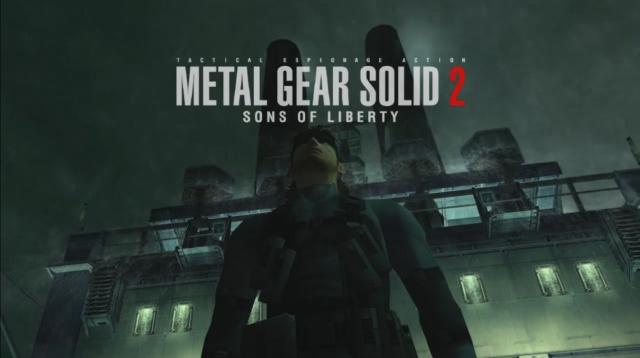
The story then picks up two years later, with the player now controlling Raiden, who has been tasked with infiltrating Big Shell in order to rescue hostages taken captive by a terrorist group calling itself the Sons of Liberty. Among the hostages is the President of the United States. During the mission Raiden comes across several other people, including Emma Emmerich, Otacon's sister, as well as a group called the ´Dead Cell´, which serves as the game's secondary antagonist.
The narrative did not survive untouched during its lengthy development process, with real world events intervening. The September 11th 2001 attacks caused some very late changes to game's finale, in which Arsenal Gear was originally going to displace the Statue of Liberty and crash through much of Manhattan. This sequence was removed in order to avoid causing any controversy in light of the then recent real world attacks.
The game was officially unveiled to the public at E3 2000, with a massive trailer running non-stop on a loop at Konami's booth. The hugely positive response to the trailer has since been described as one of the key reasons for the PS2's early success. During E3 people routinely stopped in the middle of the hallway just to watch the trailer in its entirety.
Metal Gear Solid 2: Sons of Liberty was first released on November 12, 2001 in the US, and two weeks later in Japan. The European release would follow in March of 2002. It has since also been re-released multiple times, most recently as part of the HD collection for the Xbox 360, PS3, and PSVita.
Upon release it received near universal praise and was an immediate sales success, eventually going on to sell over 6 million units and just barely passing the sales of its predecessor. The PS2 version still stands as the best-selling single release in the entire series. While the game wasn't without controversy, especially from the perspective of fans disappointed by the change of main characters, in retrospect it is generally very well regarded and is often listed among the best games of all time.
Most Memorable Moment
Sons of Liberty has no shortage of memorable moments to choose from, including the opening tanker infiltration with Solid Snake, Raiden's naked run through Big Shell, Liquid taking over Revolver Ocelot and stealing Metal Gear RAY, Arsenal Gear crashing into Manhattan, the battle against the horde of Metal Gear RAYs, or any number of other moments and scenes from the game.
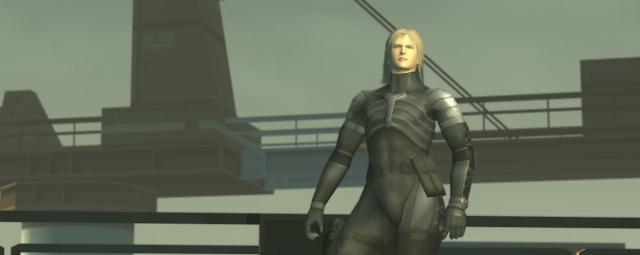
However, the single most memorable moment in the game is probably one that I've already mentioned. The point when it is revealed that the player isn't controlling Solid Snake, but rather an entirely new character called Raiden, has remained one of the Metal Gear Solid series' defining moments, for better or worse. Fans were initially caught completely off guard thanks to the game's marketing making no mention of Raiden's existence, and when the reality dawned on them it was quite a shock for those who had expected to continue Solid Snake's story.
Does Metal Gear Solid 2 Still Hold Up?
Without a doubt, even if there are some notable issues as well. Graphically it was one of the best looking games ever made at the time of its release, but naturally the visuals have aged considerably since then. The HD remaster goes a long way in rectifying this issue, and while it won't hold up to any modern game on a purely technical level, Sons of Liberty is still fairly good looking thanks to a strong visual design and smart use of the available hardware, working around the limitations of the PS2 while accentuating its strengths.
The gameplay still definitely holds up, even if many later games in the series have refined it even further. The wider variety of options afforded to the player makes encounters with enemies highly engaging and exciting, and the boss battles, while perhaps not quite as memorable as in some of the other entries in the franchise, are still a definite highlight.
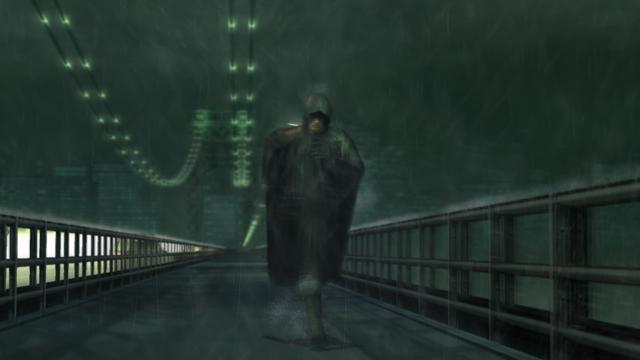
In terms of story MGS2 has always been highly divisive, as it can most certainly get far too convoluted for its own good, with so many twists, betrayals, and surprises thrown at the player that at times it gets difficult to follow what exactly is even happening. On the other hand it can also be exceptionally sophisticated in handling the themes Kojima decided to tackle with its narrative.
This is the point in the series where Kojima began to get very verbose with his scripts, rarely saying something with a single sentence if ten would suffice just as well. It's an extremely ambitious script, one that discusses things like social engineering, information control, artificial intelligence, child exploitation, censorship, taboos, and various other things not often seen discussed in video games. Still, there were times when I wished an editor had gone over Kojima's more rambling pieces of writing.
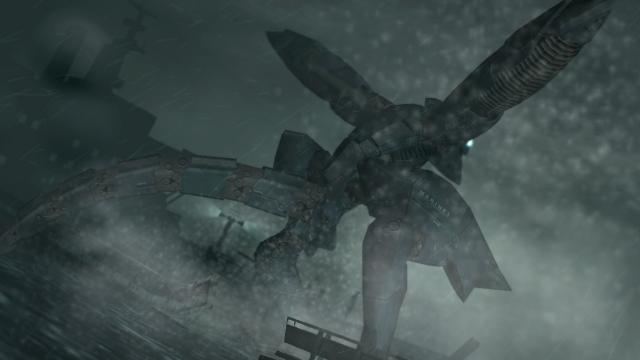
Sons of Liberty somehow manages to be equal parts genius and incoherent, with genuinely inspired moments of brilliance instantly followed by disjointed dialogue and incomprehensible plot points. However, in many ways this is exactly what gives Metal Gear Solid its unique style and tone. Hideo Kojima's style of writing and directing is so unlike anyone else's that without it the series would probably never have become the success it is.
It is also commendable how the game isn't afraid to take risks with its narrative and genre tropes. Today most so-called AAA titles tend to play things very safe when it comes to things such as story in fear of losing potential customers, but MGS2 had no such hesitations. It constantly experimented with themes and gameplay in ways that very few other series ever have. It also wasn't afraid to tackle some very difficult subjects, and even if it doesn't always quite hit the mark when it does so, the attempt alone is noteworthy.
Another highlight is the soundtrack, composed by Harry-Gregson Williams and Norihiko Hibino. The first MGS had already showed glimpses of brilliance in its music, but it was here that the series truly found its own distinct sound and style, so although most of the pieces had already been put into place in its predecessor, in Sons of Liberty they simply fell perfectly into line. The score is full of excellent tracks and is easily worth listening to in its entirety even outside of the game.
One of the game's few notable shortcomings is Raiden as the main character. He isn't necessarily a bad character, as he does have a very interesting back-story and develops quite well over the course of the story, but he always had the unfortunate fate of being in Solid Snake's shadow. Raiden would ultimately go on to become a much more interesting character as the series grew with additional entries, but here in his first outing he just wasn't quite there yet.

Metal Gear Solid 2: Sons of Liberty is an excellent game that most people should play at least once. It's not the best in the series in my opinion, but that doesn't take away from the fact that this is a stellar video game. The series has always had its very own style that has made it such a beloved entity in the world of video games, and although some of Kojima's more undesirable tendencies do begin to show themselves in some of this entry's admittedly overlong cutscenes, the overall experience is vastly on the positive side. If you haven't done so yet I highly recommend playing it.
Fun Fact
In the initial plan for the game Kojima wanted to include a mechanic where injured enemies would return back to the field after spending some time in a medical room. They would have had bandages on their bodies to mark where they were previously injured and the player could have prevented them from returning by attacking the medical facility. The feature was ultimately not included in the final product.
Sources:
- Metal Gear Solid 2 Original Design Document
- The Final Hours of Metal Gear Solid 2: Sons of Liberty (Gamespot)
- Hideo Kojima Interview (PlayStation Blog)
More Articles
Such an amazing game.
10/10. Straight classic.
Please bring another MGS to the Vita.
One of the best games of all time. I spent so much time with the demo, was amazing and ground breaking at the time. I bought a mgs2 ps2 bundle, one of the highlights of my life. I did not care at all i was playing as raiden. I was at awe with the graphics and gameplay, i just went along with the ride. I don't understand why people were pissed, they must not have spend enought time with snake on the tanker. And coming off mgs1, snakes texture model on the ps1 wasnt exactly memorable. What i took out mgs1 more than anything was gameplay. Story was second, to go along with the thrill ride. But i enjoyed my time with snake and raiden, loved every second of mgs2. It wasn't till mgs3 the story had a big impact on me.
Anyone else only glimps at the title and assume Metal Gear collection coming to Switch?
This game, much like WW, has been reevaluated since it's release. When it came out, people were PISSED. We all wanted to play the game as Snake. It sold well, but it was frowned upon online by most people at the time.
Still my favourite game in the series for a lot of reasons. I feel like the first game is the most balance one, but its mechanics haven't aged very well. Compared to it, the second game has aged really well.
Bring back Snake to Smash, Please?








